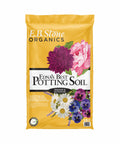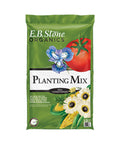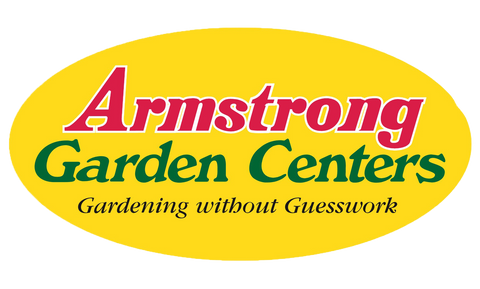Details
Dwarf Carpet of stars is an herbaceous evergreen perennial with a ground-hugging habit of growth. Its relatively fine texture sets it apart from other garden plants with less refined foliage.
This is a relatively low maintenance plant, and is best cleaned up in early spring before it resumes active growth for the season. It is a good choice for attracting bees and butterflies to your yard. It has no significant negative characteristics.
Dwarf Carpet of Stars is recommended for the following landscape applications:
- Mass Planting
- Rock/Alpine Gardens
- General Garden Use
- Container Planting
- Lawn Alternative
Features
Dwarf Carpet of Stars is blanketed in stunning white candy-striped with pink daisy flowers at the end of the stems from late spring to early summer. Its attractive small succulent narrow leaves remain green in color throughout the year. The fruit is not ornamentally significant.
Care
Planting & Growing
Dwarf Carpet of Stars will grow to be only 1- 2 inches tall at maturity extending to 3 inches tall with the flowers, with a spread of 12 inches. When grown in masses or used as a bedding plant, individual plants should be spaced approximately 10 inches apart. It grows at a slow rate, and under ideal conditions can be expected to live for approximately 5 years.
This plant should only be grown in full sunlight. It prefers dry to average moisture levels with very well-drained soil, and will often die in standing water. It is considered to be drought-tolerant, and thus makes an ideal choice for a low-water garden or xeriscape application. It is not particular as to soil type or pH. It is somewhat tolerant of urban pollution. This species is not originally from North America. It can be propagated by division.
Dwarf Carpet of Stars is a fine choice for the garden, but it is also a good selection for planting in outdoor pots and containers. Because of its spreading habit of growth, it is ideally suited for use as a 'spiller' in the 'spiller-thriller-filler' container combination; plant it near the edges where it can spill gracefully over the pot. Note that when growing plants in outdoor containers and baskets, they may require more frequent waterings than they would in the yard or garden.


































